Organized by Darling Green with Soft Network
Opening Event: Monday, May 1st 6-8PM
Dates: May 1 - May 20, 2023
Hours: Tuesday - Saturday 11am - 5pm and by appointment
636 Broadway, Room 320
New York, NY 10012
Public Programs:
May 8th 5PM
Conversation With a Ghost
Jeremy Johnston from Darling Green and Chelsea Spengemann and Marie Warsh from Soft Network discuss different approaches to posthumous stagings of artworks in relation to their respective roles preserving Scott Burton’s Atrium Furnishment (1986), Stan VanDerBeek’s Movie-Drome (1965) and Rosemary Mayer’s Ghosts (1981-1981). The program will begin with the construction of Ghost by the Estate of Rosemary Mayer. Ghost will be on view through May 15th.
May 15th 6PM
Telephone Telephone #12
Conversation on Scott Burton’s furniture forms and public artworks along with his relationship to decorative arts history.
RSVP required for all programs. Please email info@darlinggreen.com
Organized by Darling Green in collaboration with Soft Network, Re: Scott Burton's Atrium Furnishment brings together a group of artists in dialogue with artworks and archival material from the estates of Scott Burton (1939–1989) and Rosemary Mayer (1943–2014).
Burton’s Atrium Furnishment (1986), an installation for the atrium of The Equitable Life Assurance Company in New York City forms the core of the project. A remarkable example of what Burton would term “environmental sculpture,” Atrium Furnishment was the realization of his idea of an artwork as an arena for everyday performance. The monumental, seating-arrangement sculpture combining marble, brass, onyx and live plants was deeply informed by decorative arts traditions, as well as Burton’s own involvement in the LGBTQ community of 1980s New York amidst the AIDS epidemic.
Original pieces from Burton’s Atrium Furnishment (1986) and a restaging of Mayer’s Ghosts (1980-1981) center concern for the posthumous life of artworks and ideas of monumentality vs. ephemerality within the exhibition. Artists Gordon Hall, Paul P, Nat Pyper, Scott Treleaven and Julia Weist all engage either with Burton’s public sculptural practice itself, or notions of permanence and identity, which were key aspects of both Burton and Mayer’s works. Gordon Hall’s animation March, 4pm (2022) traces the afternoon light through his studio window, while the parenthetical title of Shim (The Number Of Inches Between Them) (2020) is a direct quote from Burton on his Behavior Tableaux (1970-80) performances. Both Paul P. and Nat Pyper draw on queer histories to create charged objects, such as Paul P.’s Prisms (tabouret and paravent) (2016), a memorial furniture piece dedicated to interwar dandy aesthetes, and Pyper’s Cutups (2021) which mine underground queer publishing histories to develop wearable text sculptures, activated by performance. Scott Treleaven and Julia Weist’s work navigates the public-facing side of artists and their work; Scott Burton’s Garden Court (2021), Treleaven’s photographs of Burton’s last public commission, located in Toronto, capture its oasis-like quality in the midst of the urban environment, and Julia Weist’s All My Clothes That Make Me Look Most Convincingly Like An Artist According to Robert K. Wittman, Former FBI Agent Undercover in the Art World (2021) addresses artist’s identity vis-a-vis public and institutional scrutiny.
Two public programs taking place within the exhibition will provide an opportunity to discuss the works on view as well as urgent issues around the preservation of Atrium Furnishment, which was deinstalled and placed into storage during the pandemic. Atrium Furnishment was commissioned in 1985, by the Equitable Life Assurance Company for the lobby of its newly built corporate headquarters at 787 Seventh Avenue in New York City along with two other outdoor seating arrangements flanking the North and South sides of the adjoining 1285 Sixth Avenue building. Unfortunately, Atrium Furnishment was removed in a 2020 lobby renovation. Darling Green has since been trying to place the work as a donation with the help of a group of knowledgeable advisors. A tragic disappearance multiplied by the understated mournfulness of the work, framed by Burton’s own death from AIDS complications in 1989, the sculpture can be read as a vital monument to victims of the virus, but also a site of memory and inspiration for later generations of artists who look to Burton as a key thinker about performance, sculpture, and queer identity. Original fragments from Atrium Furnishment selected by Darling Green for display within this project include segments of the brass floor inlay, the four onyx light sculptures, as well as a selection of live plants designated by Burton for use in the installation. Original blueprints and correspondence from the development and maintenance of the work will also be on view.
While Burton was making his monumental public sculptures in the early 1980s, Rosemary Mayer was creating ephemeral installations in gallery spaces called Ghosts using wooden rods, paper, and ribbons, which she would dismantle at the end of each exhibition. Burton and Mayer moved in the same circles, beginning in the late 1960s in the community created through the publication of 0 To 9, edited by Bernadette Mayer, Rosemary’s sister, and Vito Acconci, who was married to Rosemary and became Burton’s close friend. The Mayer sisters and Burton participated in Street Works, the influential series of performances staged over three days in 1969 that represented the culmination of 0 To 9, and allowed Burton to first experiment with performance. Furthermore, Burton was fluent in the dialogue taking place around feminist art, as seen in his critical writing and contributions as editor at Art in America and ARTnews throughout the 1970s. Both artists were pushing the boundaries of materiality in relation to ephemeral, time-based performance works.
Rosemary Mayer’s Ghosts were part of a larger series of installations entitled Temporary Monuments, meant to celebrate or memorialize members of her community, and Burton explored these questions in his public sculptures as well as in series such as Behavior Tableaux, in which small audiences witnessed a variety of precisely choreographed stagings. The contrast between the brass, marble and onyx pieces representing Atrium Furnishment in this project and Mayer’s temporary sculpture combining paper, thread, and wood, present two extremes of how Post-Minimalist artists responded to the authoritative limits of an autonomous art object created by an imagined objective body in supposed neutral space.
Burton’s and Mayer’s practices raise difficult questions: Who should make posthumous decisions regarding an artist’s body of work? How much can these artworks change over time while still keeping to the artist’s original intent? When and how should an artwork end? This project presents an evolving forum for the public to engage with works that are — intentionally or otherwise — complicated to preserve. While Burton and Mayer’s works necessarily exist in different forms than the artists originally imagined, their legacies resonate through contemporary restagings as well as through new artworks made in their spirit.
Artist Bios
Scott Burton (1939–1989) was born in Greensboro, Alabama and spent most of his childhood in Washington, D.C. He studied with the painter Leon Berkowitz in Washington and, subsequently, with Hans Hoffman in Provincetown, Massachusetts. After receiving his Bachelor's degree from Columbia University and an MFA from New York University in 1963, he began a successful career as an art writer and critic.
Burton’s writings as an editor for ARTnews and his performance pieces, such as the Behavior Tableaux series, naturally led to the development of his sculptural work. In a talk at Oberlin College, He expressed his view that “performance is, most essentially defined, sculpture as theater.” In the 1970s he began to explore sculpture through spare and minimal forms, although his works and theories were distinctly his own, he was often grouped with other artists such as Donald Judd and Siah Armajani, who also worked with forms associated with a design and/or architectural vernacular. He placed great emphasis on the role of the viewer, their relationship to and engagement with his objects. The sculptures, such as Pair of Rock Chairs, serve as functional chairs, and were made to be used; they were not only works of art. While this utilitarian modernism was minimal and straightforward, it emphasized Burton’s sensitivity to weight, proportion, and surface. He intended them to be accessible, and understood that each viewer would have a distinct relationship to and interpretation of the same sculpture.
Beginning in the middle 1980s Burton began to focus on public art commissions and larger arrangements of his furniture forms. He was exploring the convergence of performing arts and fine arts; daily life and art. Burton was seeking a means to engage with viewers, as opposed to presenting them with a final, fixed object. Scott Burton died from AIDS related complications on December 29, 1989.
Rosemary Mayer (1943–2014) was a prolific artist involved in the New York art scene beginning in the late 1960s. Most well-known for her large-scale sculptures made with fabric,she also created works on paper, artist books, and outdoor installations, exploring themes of temporality, history, and biography. During the 1970s she had exhibitions at various New York City alternative spaces, including one of the earliest shows at A.I.R Gallery, the first cooperative gallery for women, of which she was a founding member. She was also a critic and writer, contributing to various journals of artists writings and creating an issue of the magazine Art-Rite. Her interest in the art history, and particularly the artists of the Mannerist period, resulted in her translation of the diary of Jacopo da Pontormo, which was published alongside a catalog of her work by Out of London Press in 1982. Beginning in the 1990s, she became focused on teaching art, eventually becoming a professor at LaGuardia Community College in Queens.
Since Mayer’s death in 2014, her estate has helped to organize exhibitions and publications of her work, beginning with an exhibition at Southfirst Gallery in Brooklyn in 2016 and the publication of excerpts from her 1971 journal. In 2020, her work was introduced to European audiences through Nick Mauss’s exhibition, “Bizarre Silks, Private Imaginings and Narrative Facts, etc.,” at Kunsthalle Basel and her first solo exhibition there, “Rods Bent Into Bows,” at ChertLüdde in Berlin. In 2021, a solo show at Gordon Robichaux in New York entitled “Pleasures and Possible Celebrations,” focused on her installations with balloons and related work. Her work was also included in Greater New York 2021 at MoMA PS1, in “Just Above Midtown: Changing Spaces,” at MoMA and in “SIREN (some poetics)” at the Amant Foundation in Brooklyn in 2022.
The first institutional survey of her work, “Ways of Attaching,” opened at the Swiss Institute in New York in Fall of 2021. It was reviewed in various publications, including Artforum, The New York Review of Books, The London Review of Books, and The Brooklyn Rail. The show was organized in partnership with Ludwig Forum, Aachen; Lenbachhaus, Munich; and Spike Island, Bristol, where the exhibition traveled in 2022. A catalogue of this show was published in 2022. Mayer’s work in the collection of the Museum of Modern Art, Lenbachhaus, Munich, and numerous private collections.
Gordon Hall is a sculptor, performance-maker, and writer based in New York. Notable solo exhibitions include The Renaissance Society (2018), MIT List Visual Arts Center (2018), and Portland Institute for Contemporary Art (2019). Hall’s sculptures and performances have been exhibited in group exhibitions at The Drawing Center (2018), David Zwirner New York (2018), Verge Center for the Arts (2019), AIR Gallery (2021), and Center for Maine Contemporary Art (2022).
Hall has published a number of books and is Assistant Professor of Sculpture at Vassar College. They hold an MFA and an MA in Visual and Critical Studies from the School of the Art Institute of Chicago and a BA from Hampshire College.
Paul P.(b. 1977) is an artist living in Toronto. He is known for his drawings and paintings of young men, which systematically re-imagined found erotic photographs along 19th-century aesthetic modes. His portraits are appropriated from gay erotic magazines, specifically those produced in the years bracketed by the beginning of gay liberation and the advent of the AIDS crisis.
Over the years, his interest in transience, desire, cataloguing and notation has expanded his practice to include landscapes and their abstraction, biographical writing, and sculptural works in the form of furniture. He is represented in the collections of MoMA, the Whitney Museum, the Brooklyn Museum, the Hammer Museum, the National Gallery of Canada, and other institutions.
Nat Pyper is an alphabet artist. Their practice of fonts, wearables, video, and performance extends from ongoing research on overlooked queer publishing histories. They’ve performed at the Poetry Foundation in Chicago, Cooper Cole in Toronto, and PAGEANT in Brooklyn; exhibited at the Museum für Gestaltung in Zürich, Vox Populi in Philadelphia, and Printed Matter in New York City; and written for Are.na, Draw Down Books, GenderFail, Inga Books, Queer.Archive.Work, Source Type, and the Walker Art Center. They received their MFA from the Yale School of Art. They are based in Brooklyn, NY.
Scott Treleaven (b. 1972 Canada) first came to attention in the late 90s via a series of experimental films and underground queer zines. Over the past two decades his practice has encompassed abstract drawing and painting, sculpture, photography and collage, as it seeks to describe and evolve an alternate (and ontologically queer) history of art making. A history that originates as part of a transcendental, rather than purely formal, tradition.
Julia Weist is a visual artist whose work explores how the process of record keeping reveals crucial social truths around shared systems of knowledge and power.
About Darling Green
Darling Green is a collaborative curatorial practice. The studio combines art collection and exhibition development with an open dialogue on the potentials of the exhibition form, privileging process over predetermined frameworks.
About Telephone Telephone
Telephone Telephone is a regular meeting to discuss the meanings, uses, and methodologies of the exhibition form. For more information, please visit telephonetelephone.com,
Part seminar, part reading group and part gathering of co-conspirators, Telephone Telephone is a self-organizing experiment in dialogue and cooperative discovery. If you would like to get involved, please let us know at info@darlinggreen.com.
About Soft Network
Soft Network aims to develop and expand networks of support between contemporary artists, artist estates and foundations through the collective realization of interdisciplinary exhibitions, resource sharing and collaborative programming.
Soft Network was established in 2021 by curator Chelsea Spengemann and artist Sara VanDerBeek, of the Stan VanDerBeek Archive, and expanded in 2022 with the participation of art historian Marie Warsh and artist Max Warsh, of the Estate of Rosemary Mayer. Inspired by these artists’ socially engaged practices, Soft Network will transition to a 501c3 in 2023 and will continue to support experimental art and exhibition strategies with an increased focus on artist estates, legacy building and community engagement through residency and workshop initiatives on site at its Manhattan studio.
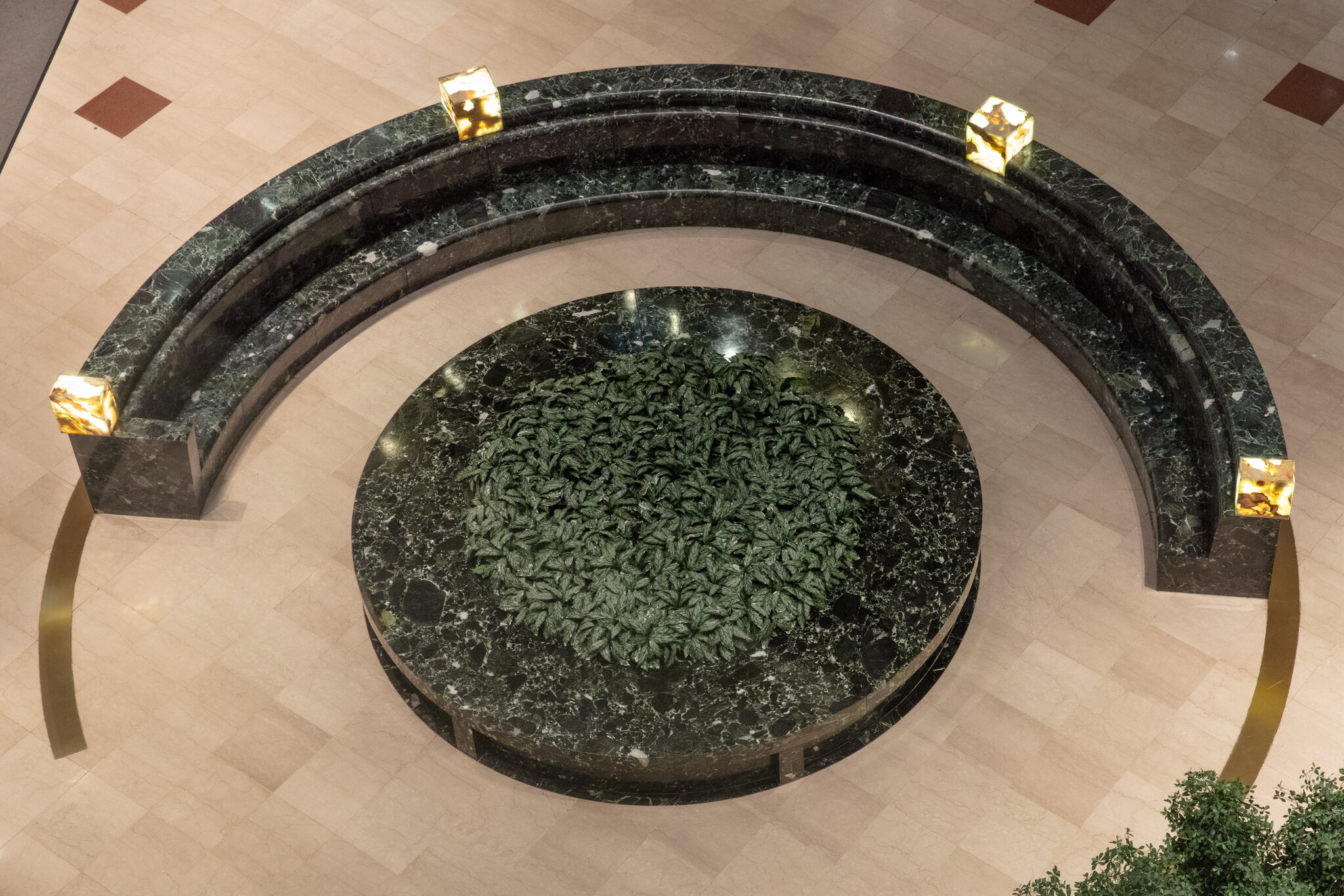
Scott Burton
Fragments from Atrium Furnishment, 1986
Onyx lamps and brass floor inlay
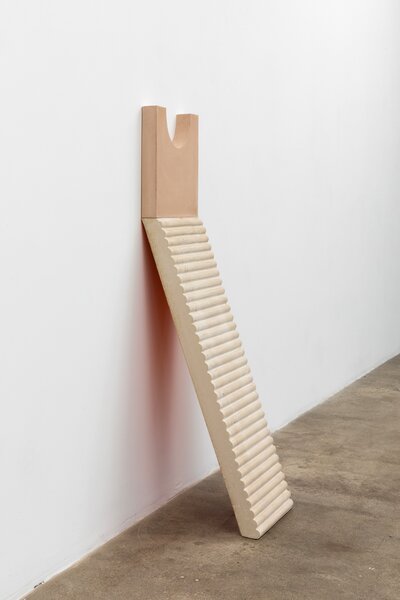
Gordon Hall
Leaning Back (2), 2021
Pigmented cast concrete, acrylic
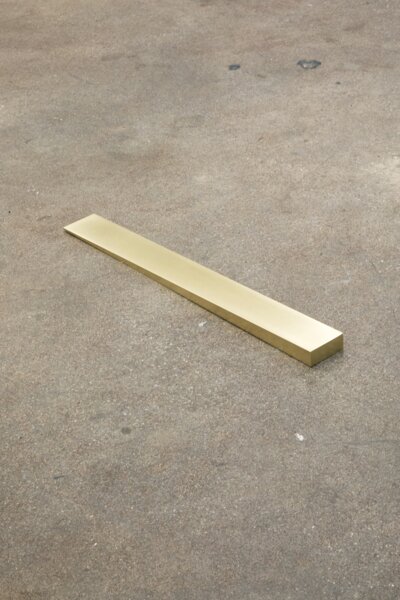
Gordon Hall
Shim (The Number of Inches Between Them), 2020
Cast brass
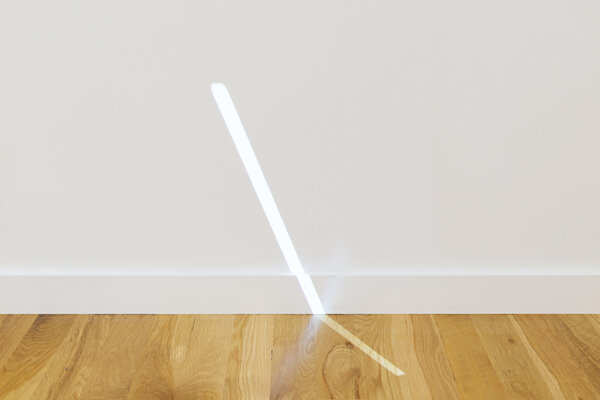
Gordon Hall
March, 4PM, 2022
Projected video, projector, projector stand
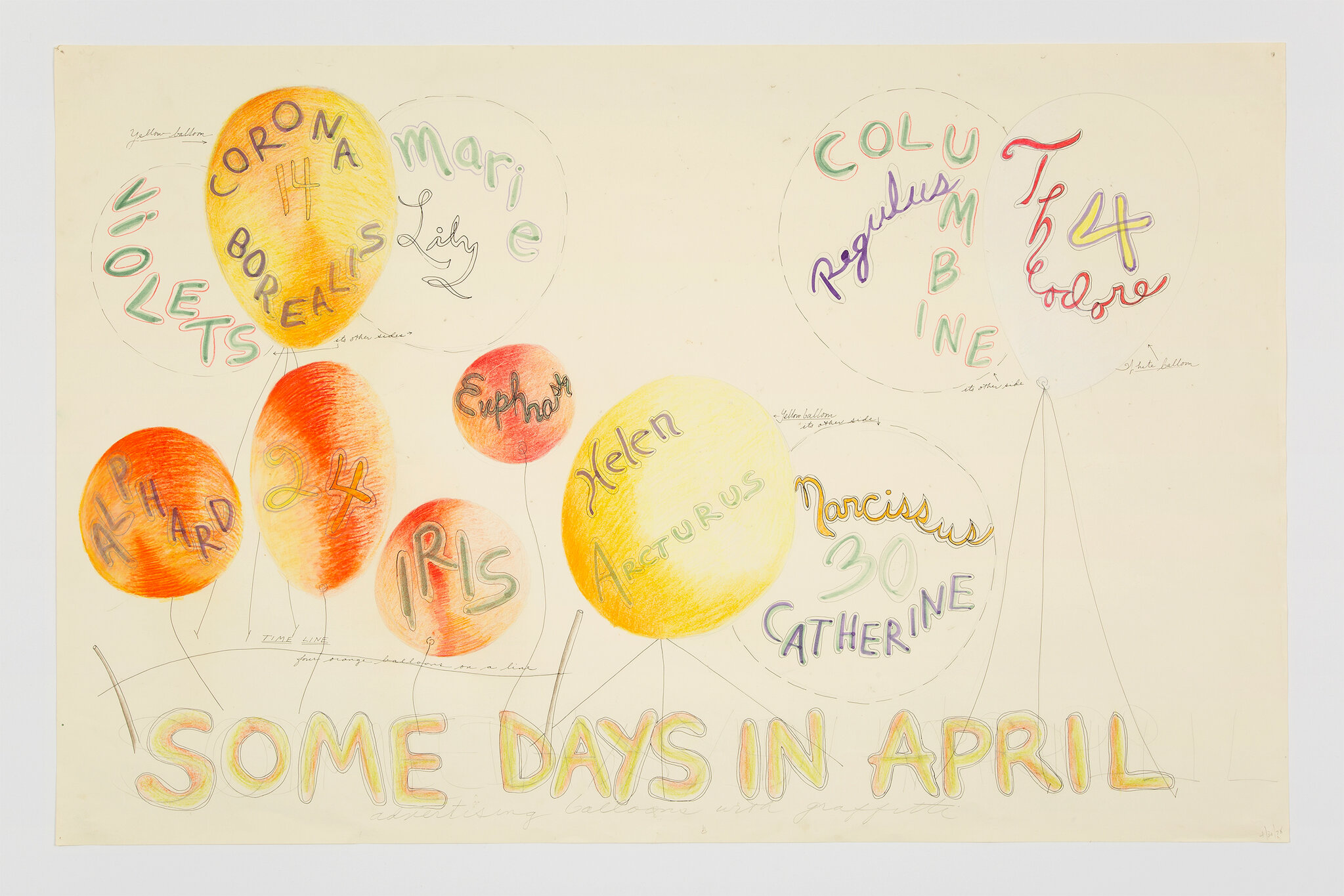
Rosemary Mayer
Some Days in April, 1978
Colored pencil, graphite, ink, and watercolor on paper
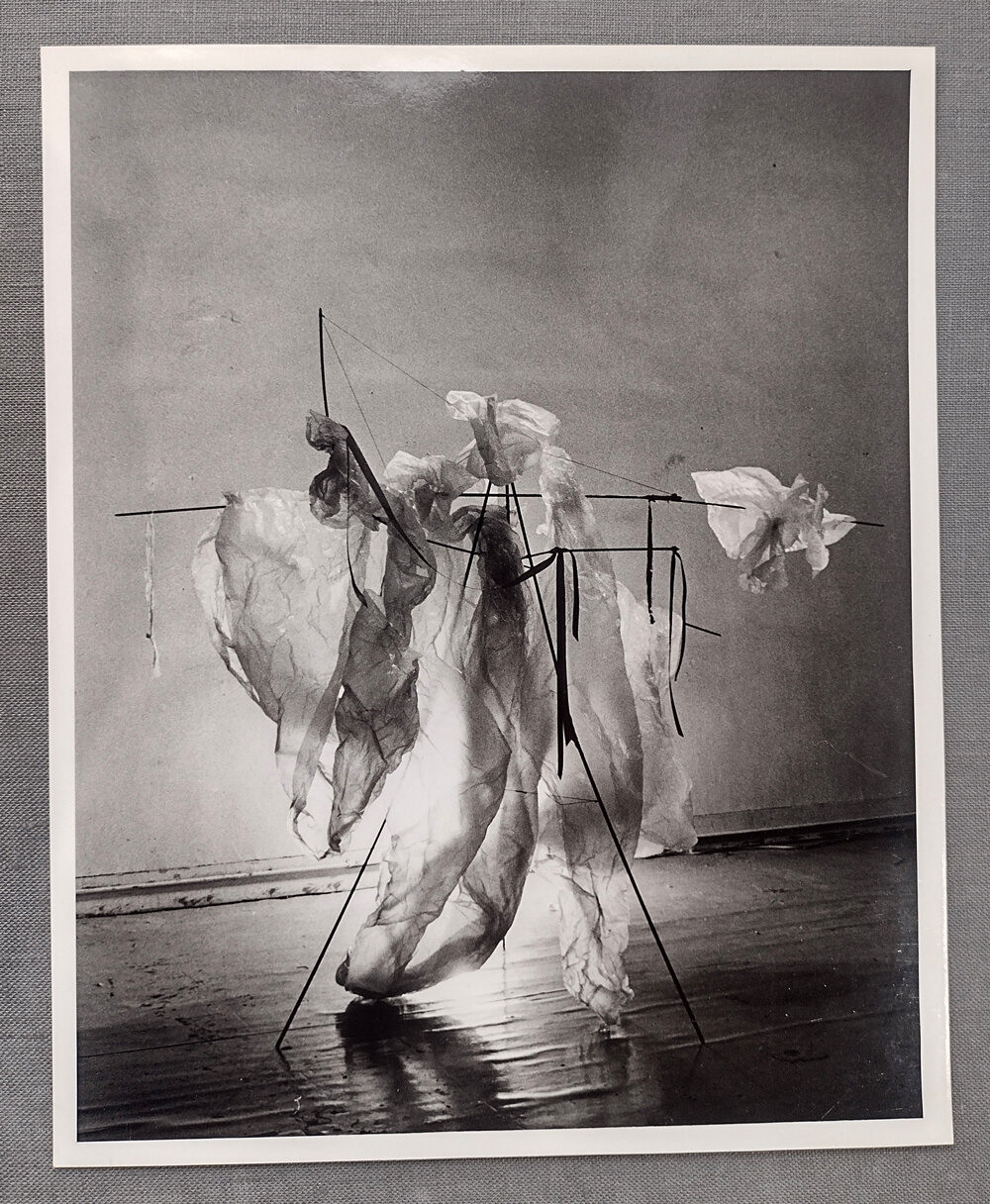
Rosemary Mayer
Documentation of October Ghost, 1980
Paper, wooden rods, ribbons, metallic paint
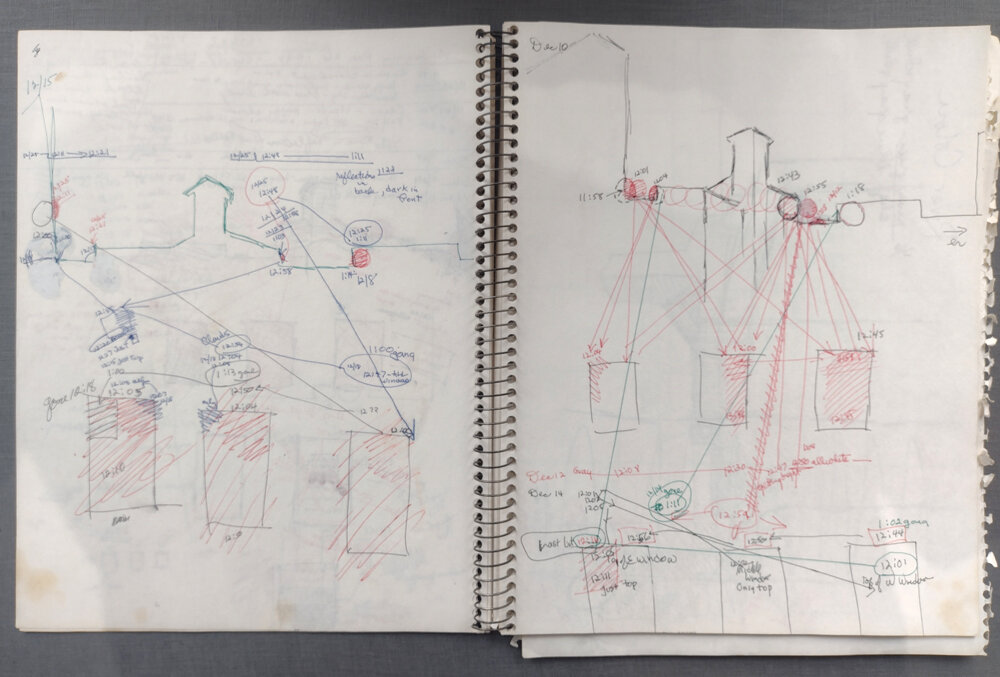
Rosemary Mayer
Sketchbook, 1998-2001
Notes and diagrams documenting sunlight moving across buildings and into Mayer's studio windows, December, 1998
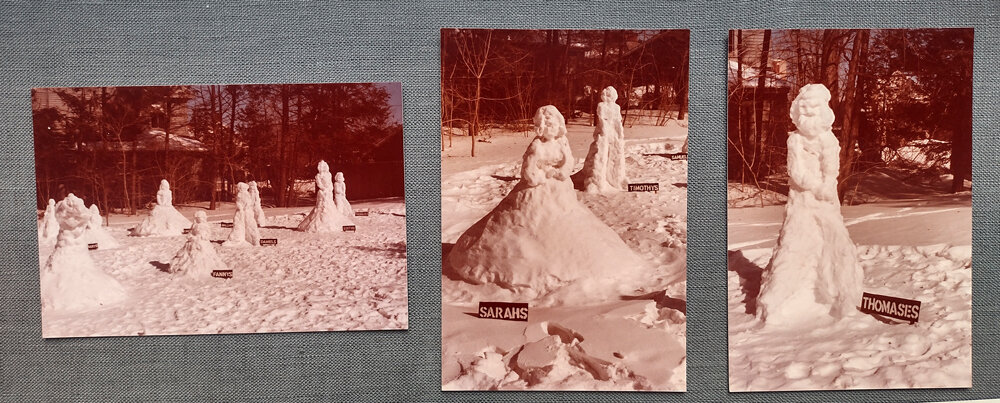
Rosemary Mayer
Documentation of Snow People, 1979
Sixteen life-size figures, made of snow and installed in the Lenox Library Garden, Lenox, Massachusetts, February, 1979
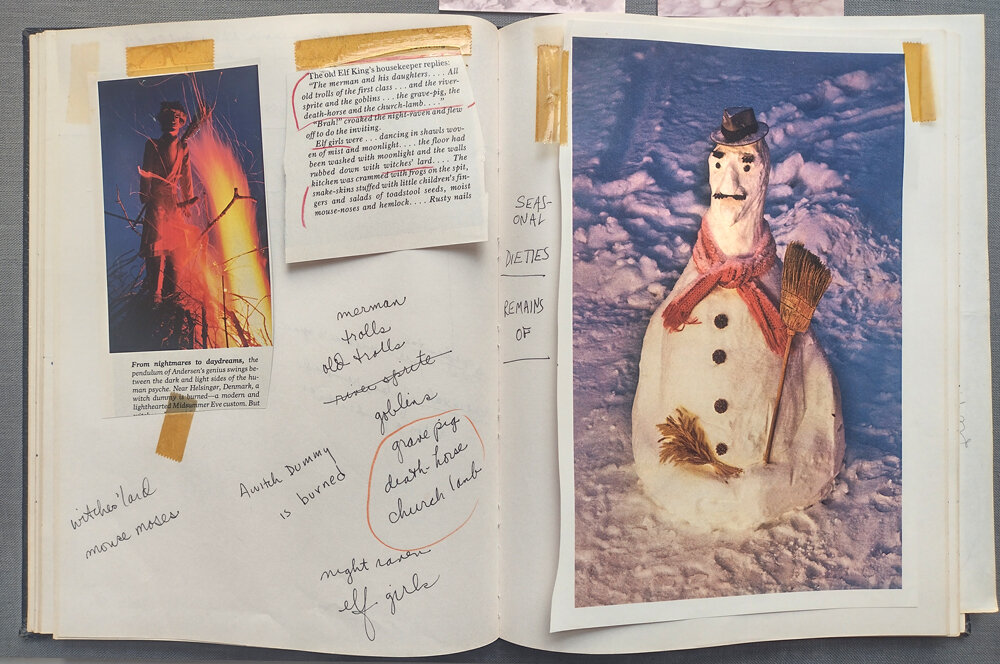
Rosemary Mayer
Sketchbook, 1979
Collage and notes related to research for Snow People and other "Temporary Monuments" works.
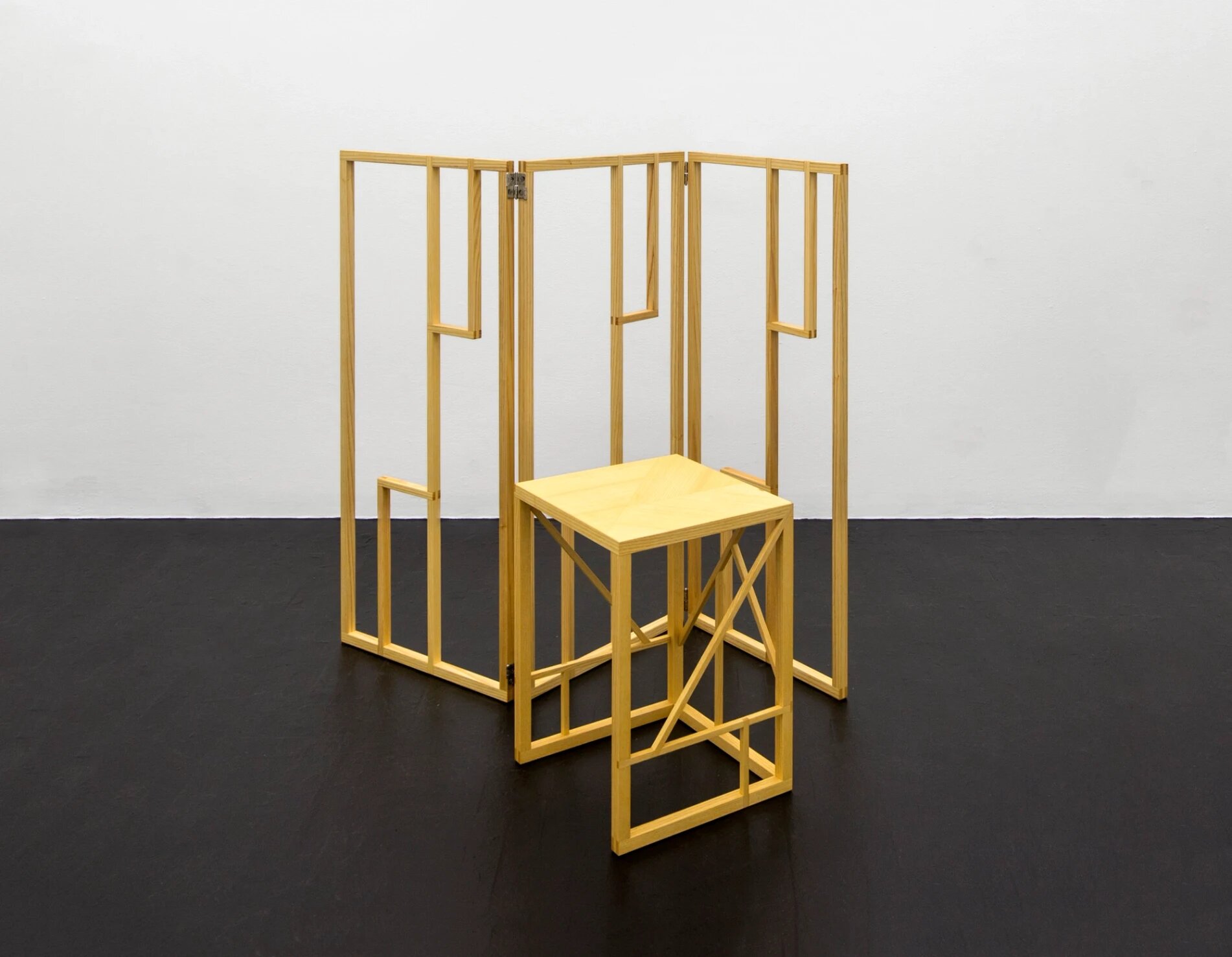
Paul P
Prisms (tabouret and paravent), 2016
Ash wood with patinated steel hinges
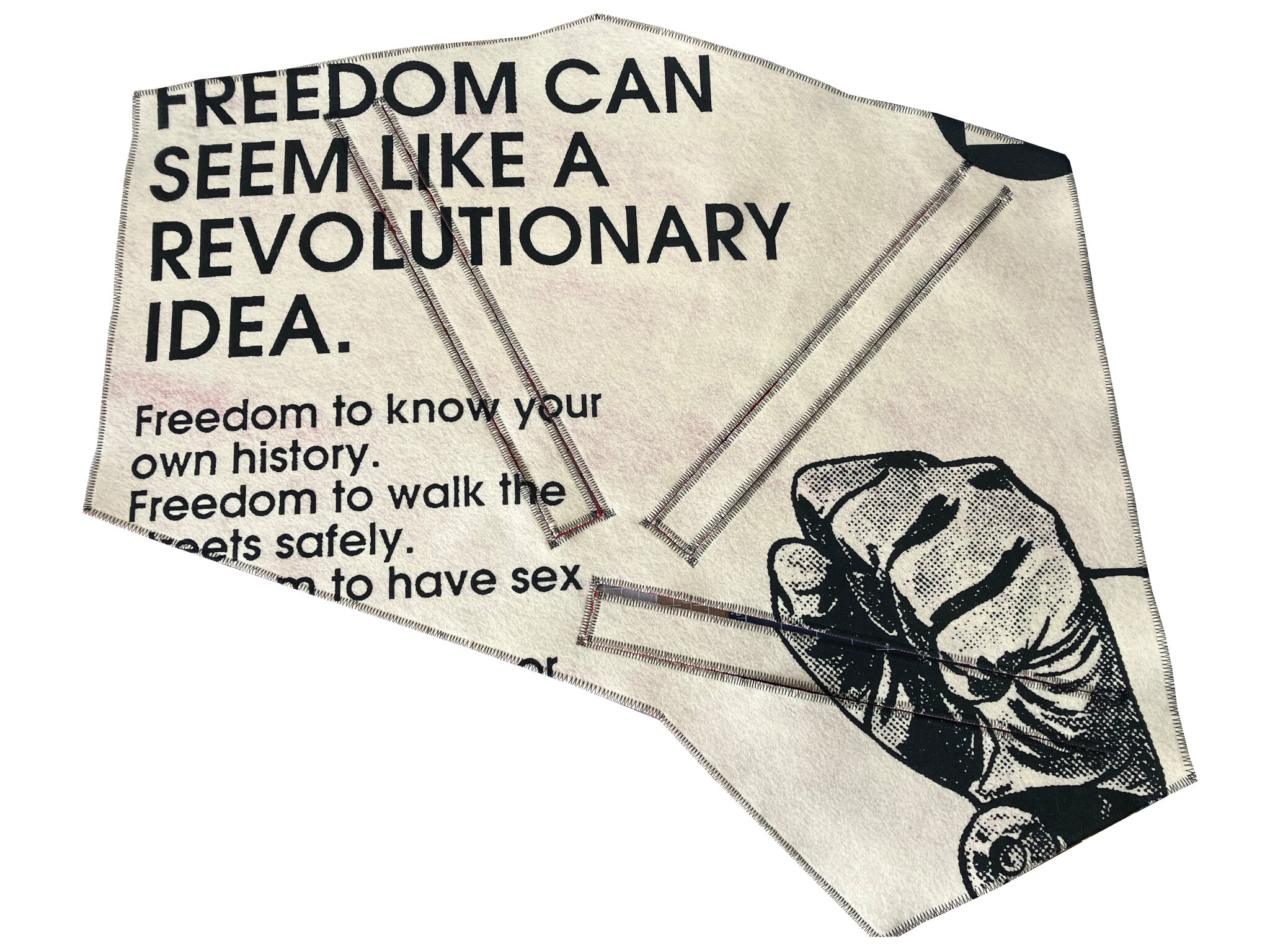
Nat Pyper
Cutup / Freedom / to / Know / Your / Own / History, 2021
Screen printed and sewn felt wearable, clipping from Bimbox #4 (eds. Johnny Noxema and Rex Boy, Toronto, Spring 1991)
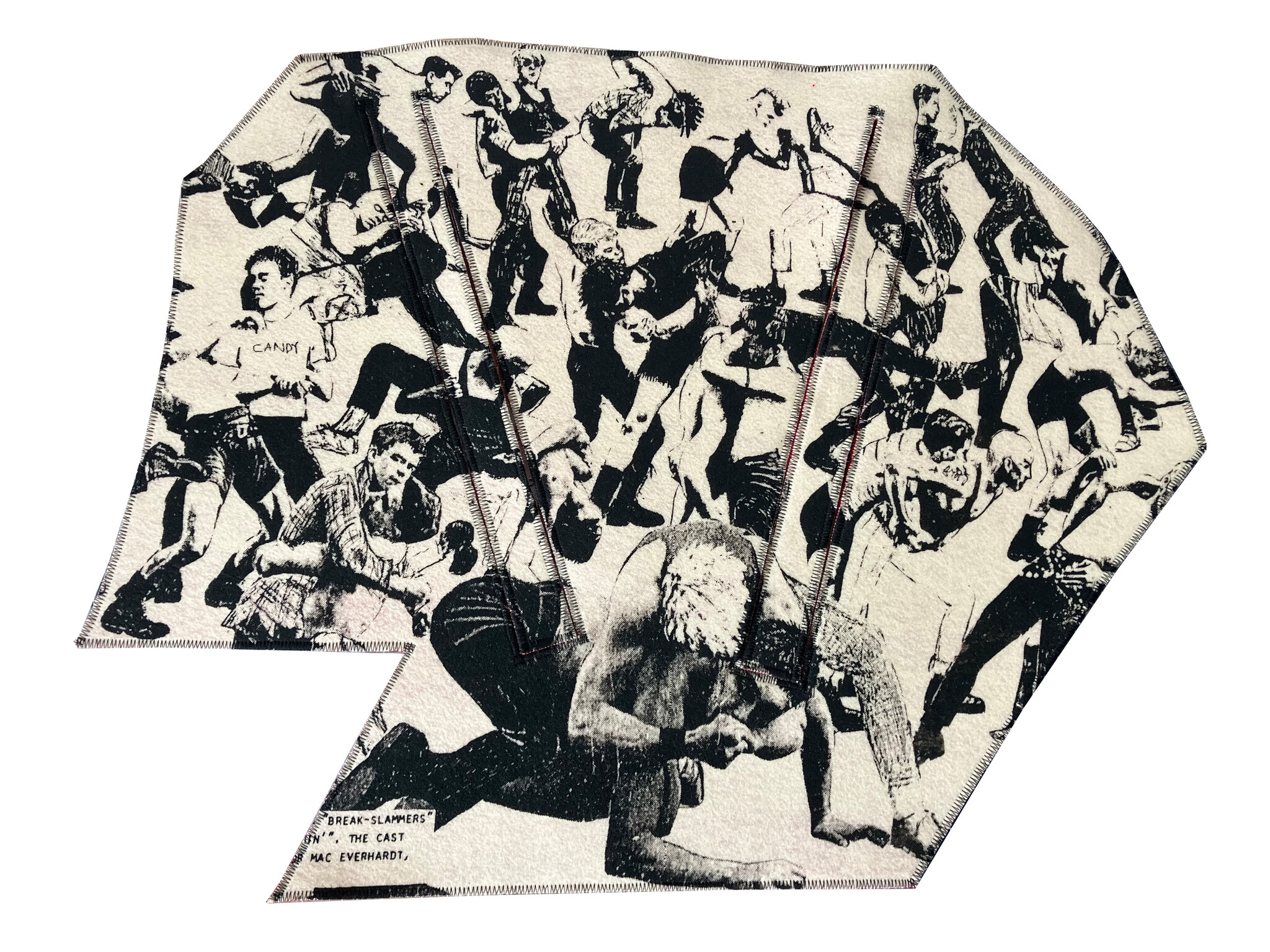
Nat Pyper
Cutup / Break / Slammers, 2021
Screen printed and sewn felt wearable, clipping from Dr. Smith #2 (ed. Candy, Toronto, July/ August 1984)
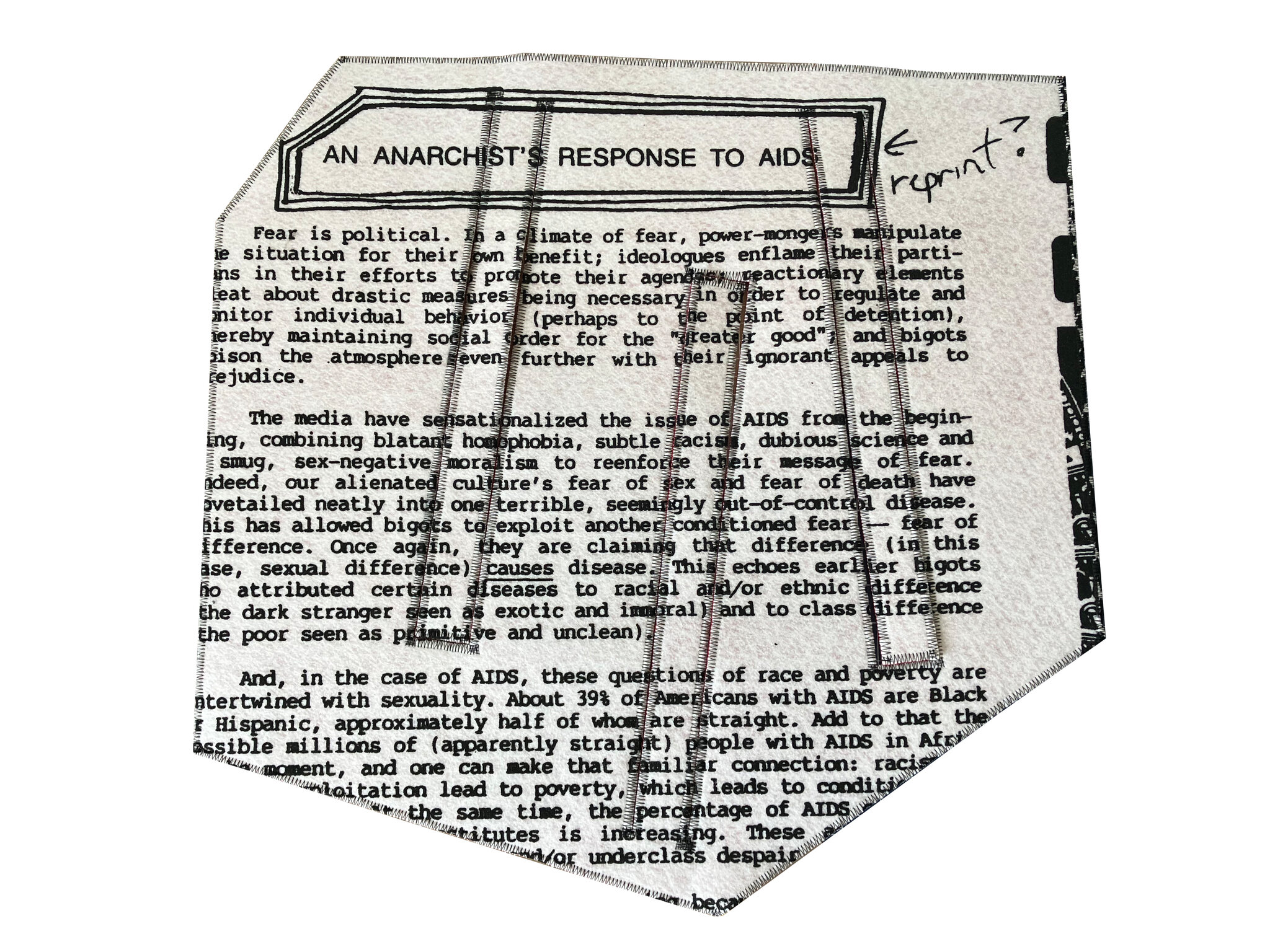
Nat Pyper
Cutup / An / Anarchist’s / Response / to / AIDS, 2021
Screen printed and sewn felt wearable, clipping from AQUA #1 (ed. Bru Dye, New York City, 1987)
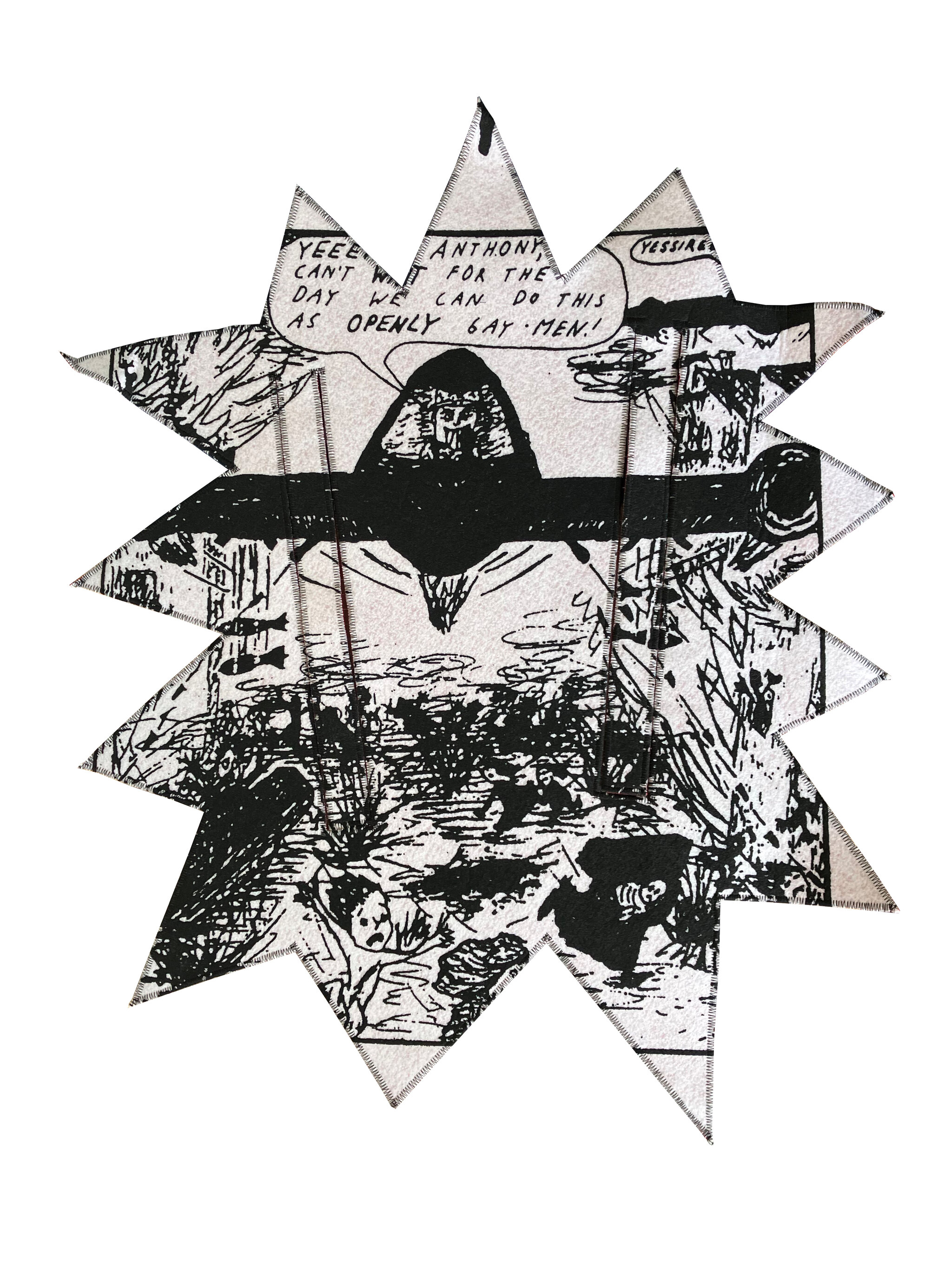
Nat Pyper
Cutup / Openly / Gay / Men, 2021
Screen printed and sewn felt wearable, clipping from Bimbox #4 (eds. Johnny Noxema and Rex Boy, Toronto, Spring 1991)
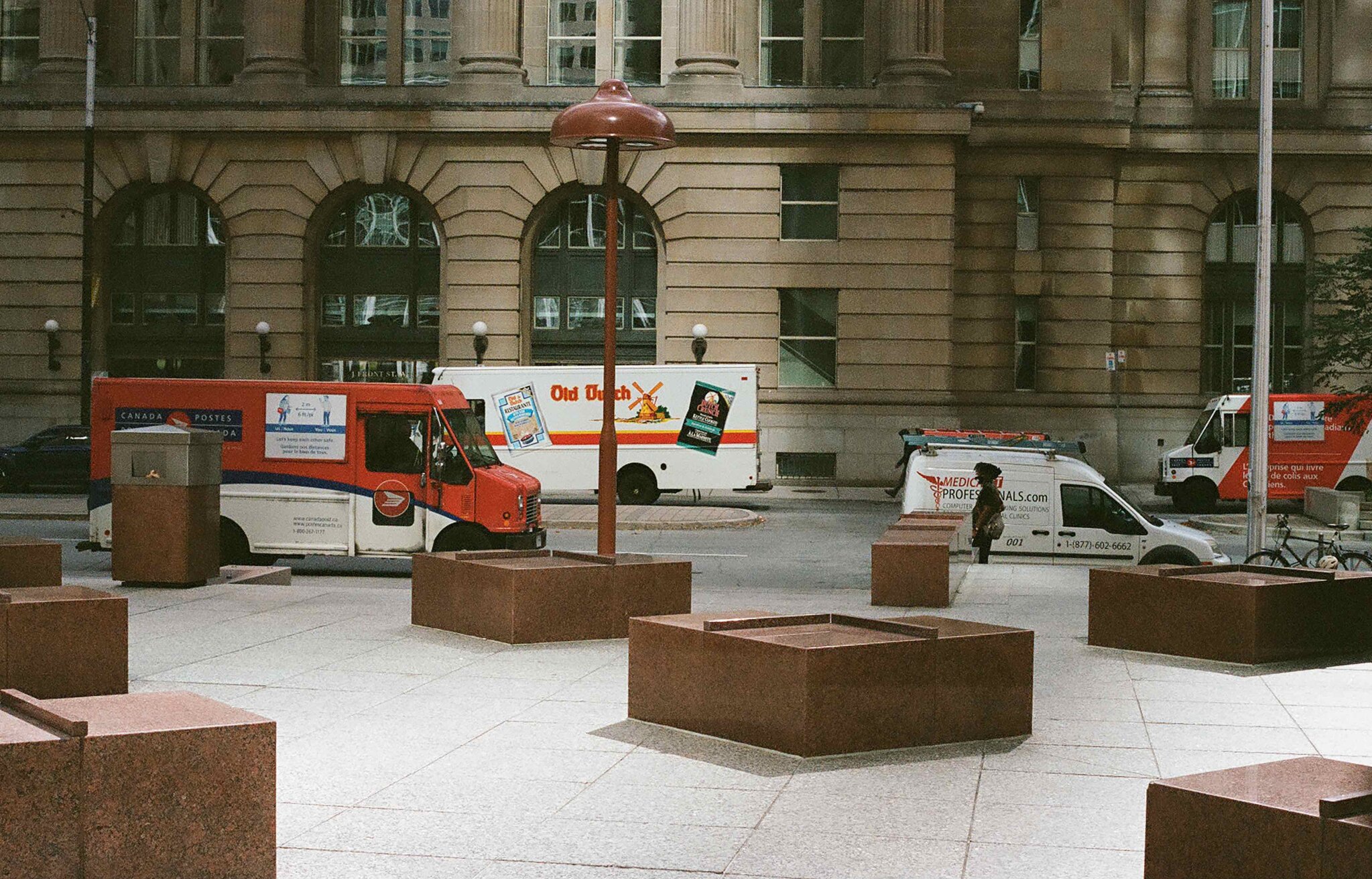
Scott Treleaven
Garden Court I, 2021
Inkjet prints from 35mm analog negatives
Edition of 3 plus II AP
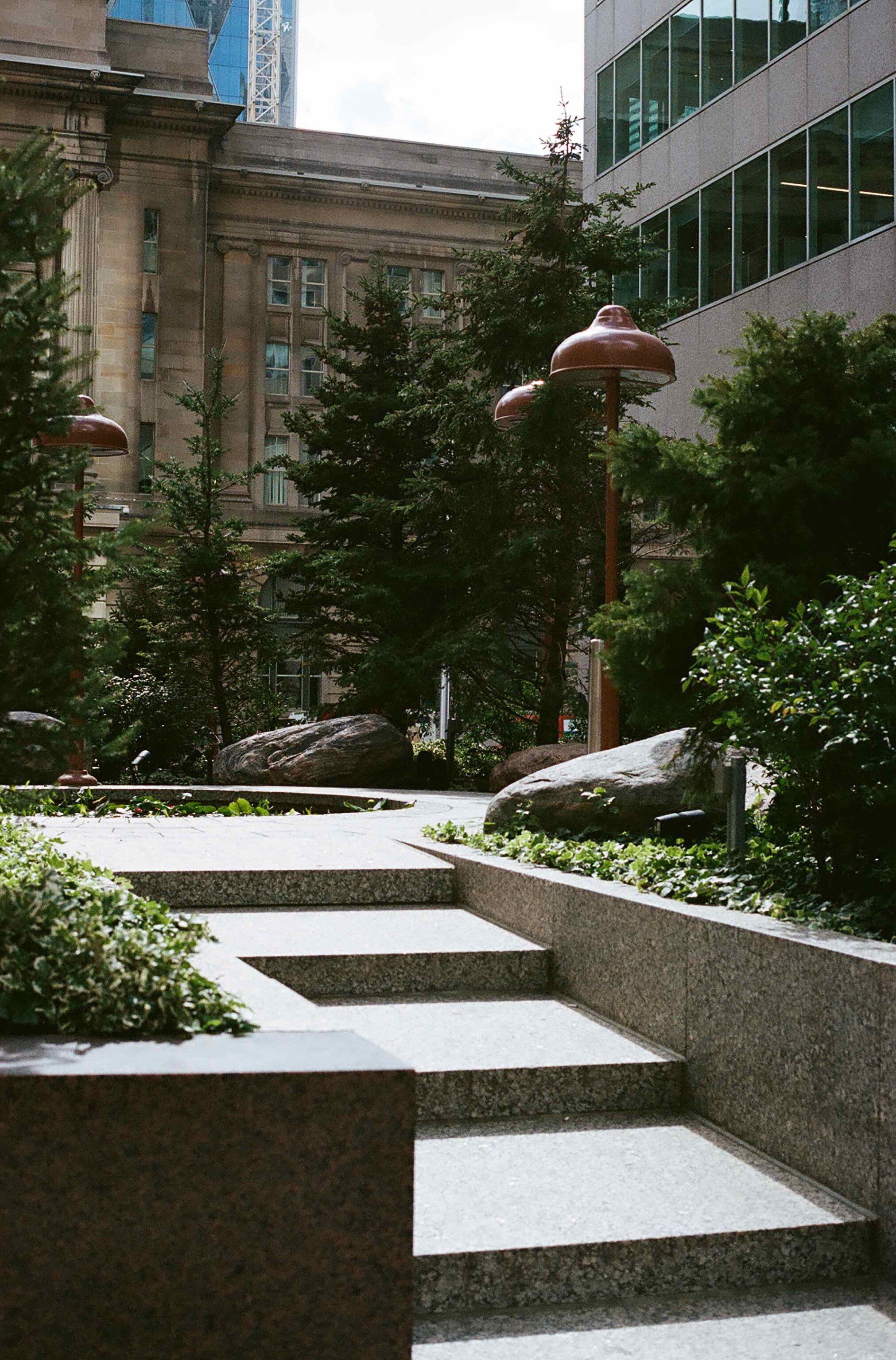
Scott Treleaven
Garden Court II, 2021
Inkjet print from 35mm analog negatives
Edition of 3 plus II AP
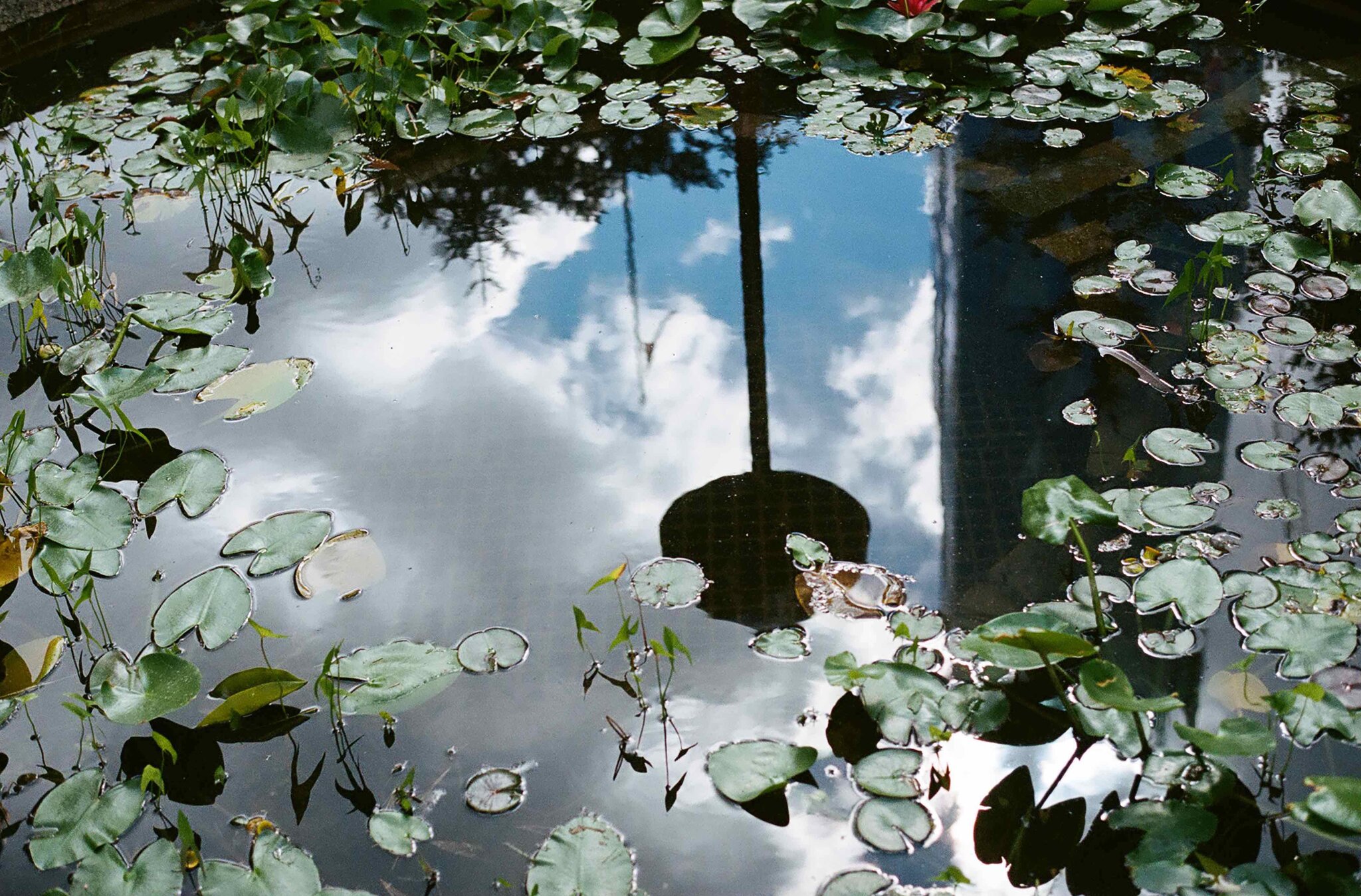
Scott Treleaven
Garden Court III, 2021
Inkjet print from 35mm analog negatives
Edition of 3 plus II AP
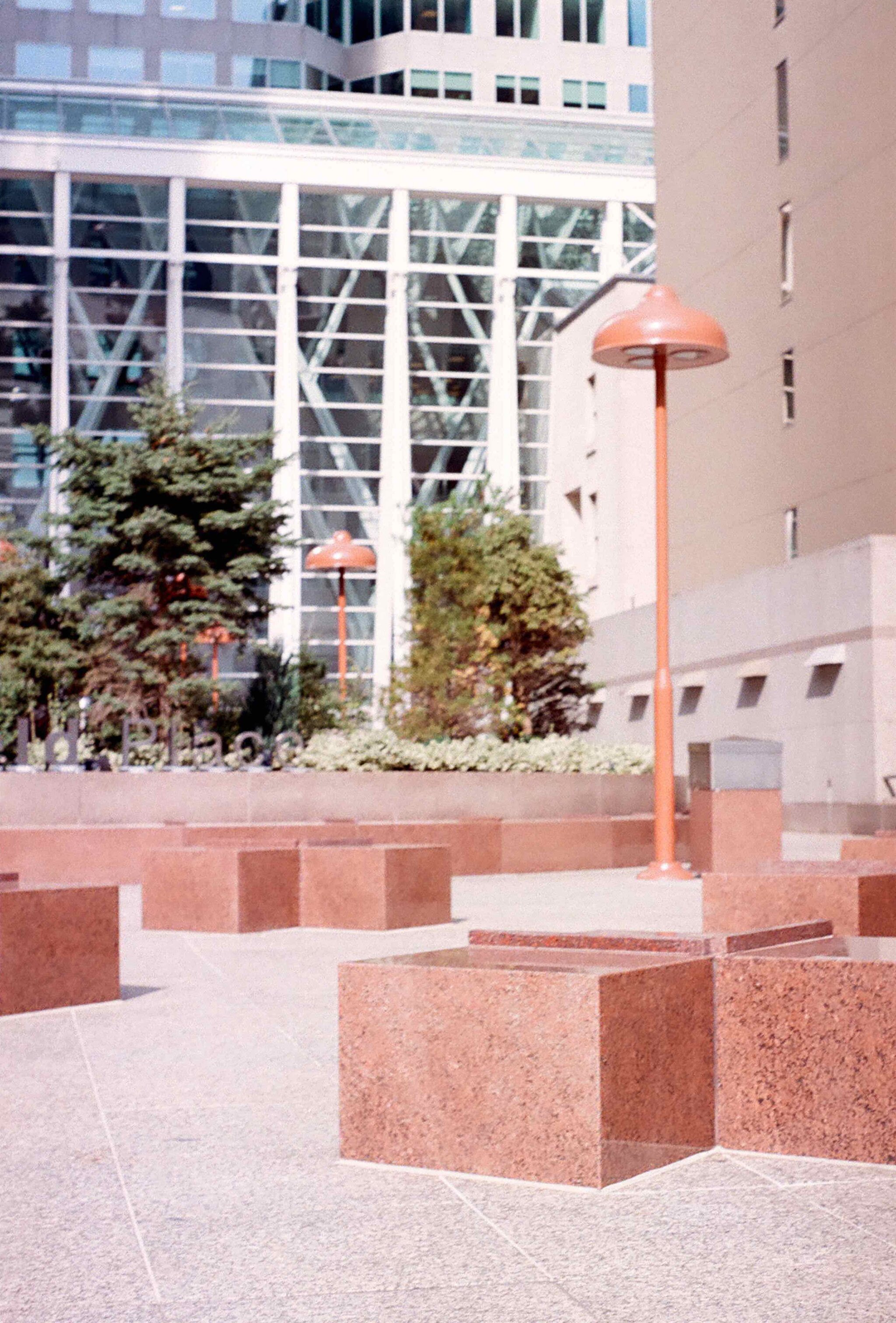
Scott Treleaven
Garden Court IV, 2021
Inkjet print from 35mm analog negatives
Edition of 3 plus II AP
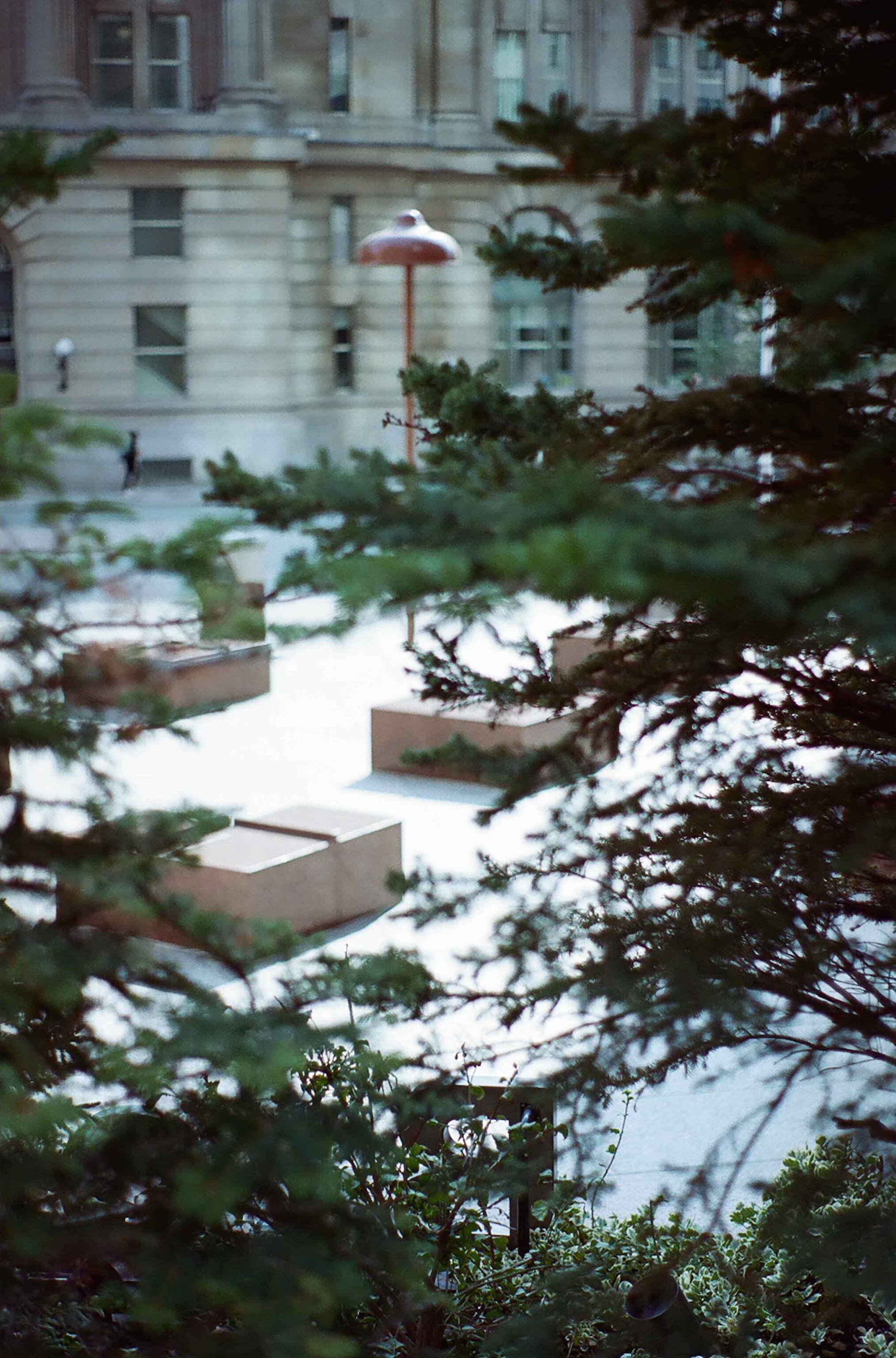
Scott Treleaven
Garden Court V, 2021
Inkjet print from 35mm analog negatives
Edition of 3 plus II AP
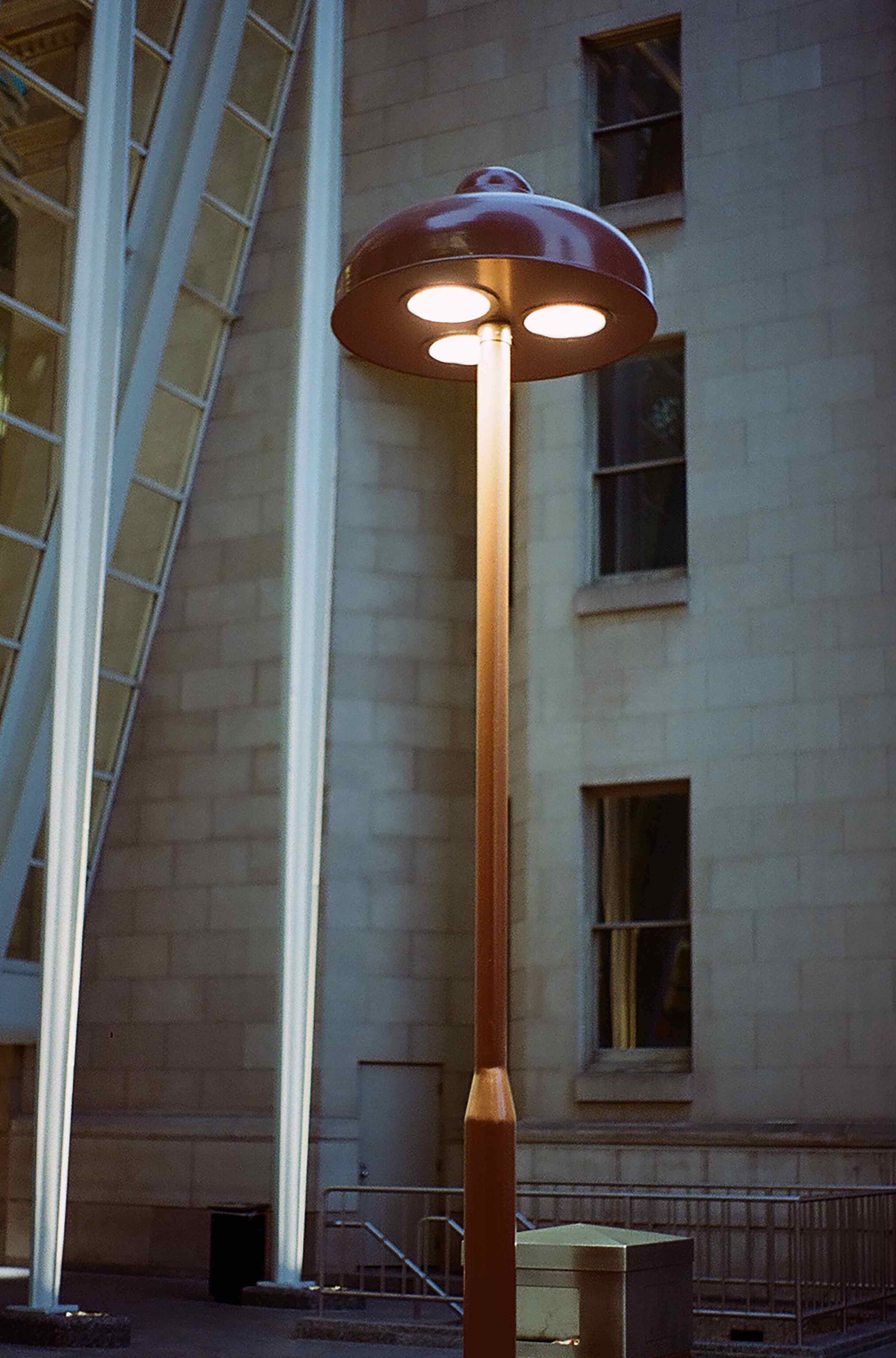
Scott Treleaven
Garden Court VI, 2021
Inkjet print from 35mm analog negatives
Edition of 3 plus II AP
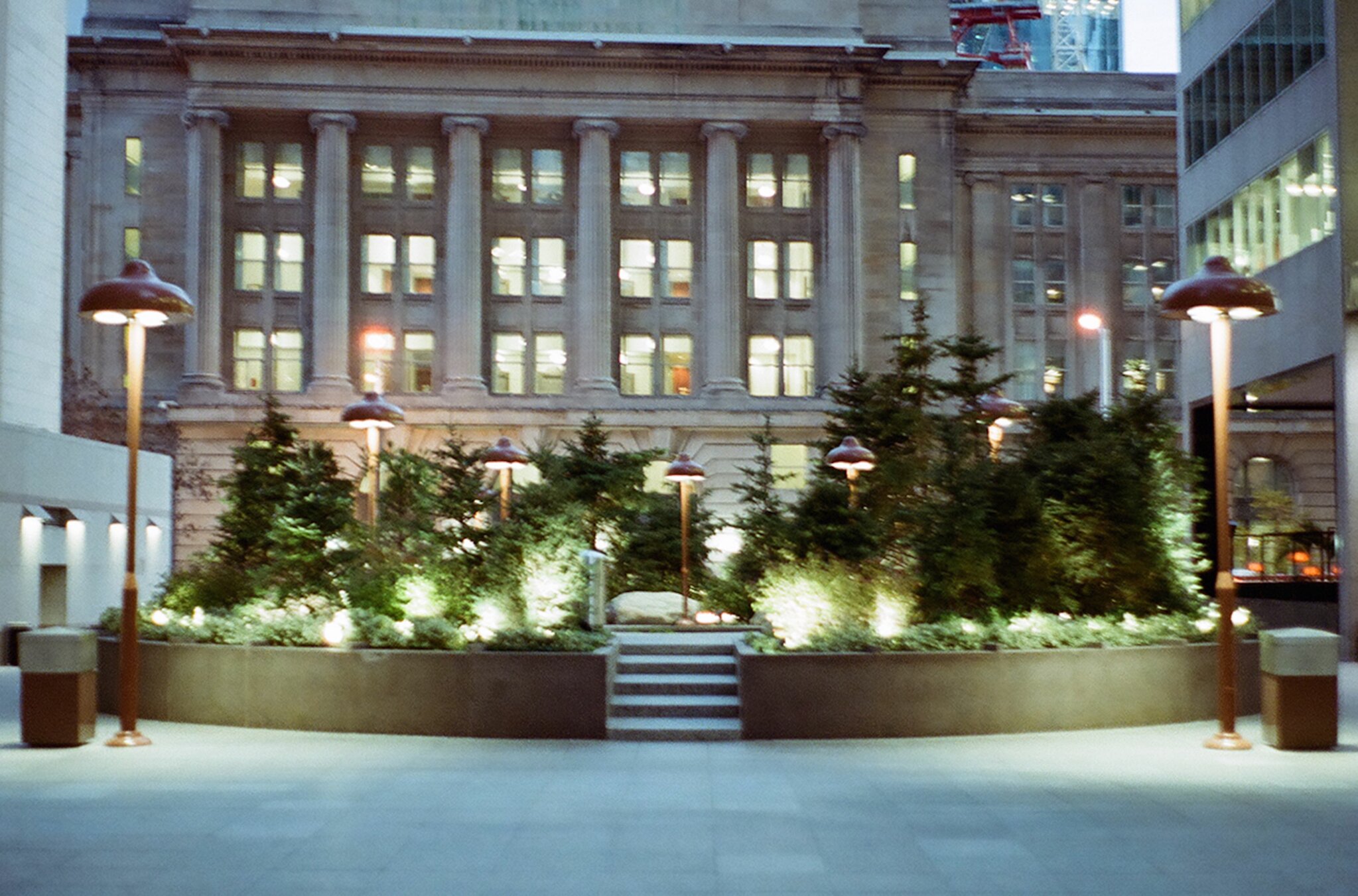
Scott Treleaven
Garden Court VII, 2021
Inkjet print from 35mm analog negatives
Edition of 3 plus II AP

Julia Weist
All My Clothes That Make Me Look Most Convincingly Like An Artist According to Robert K. Wittman, Former FBI Agent Undercover in the Art World, 2021
Annotated C-prints